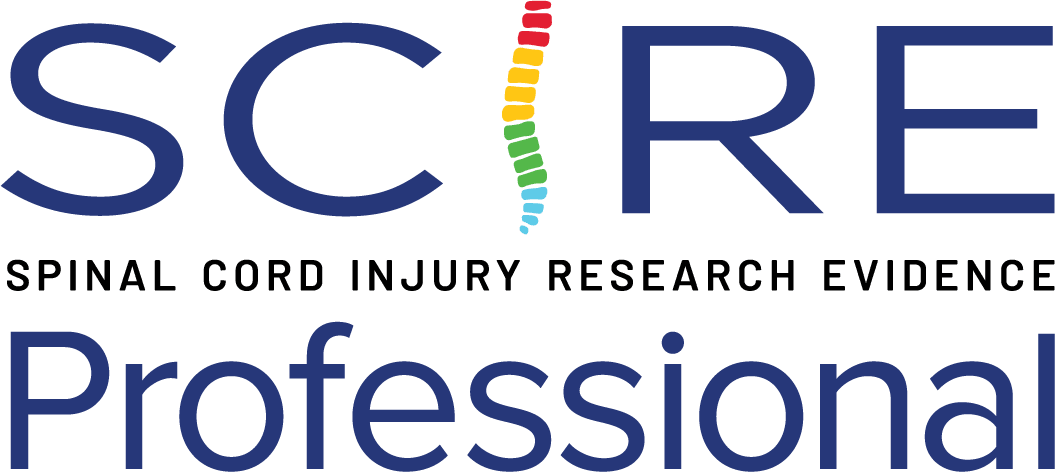Key Points
Individuals with SCI may experience orthostatic hypotension, characterized by drops in sBP of 20mmHg or greater and drops in dBP of 10mmHg or greater with accompanying increases in HR upon the assumption of an upright position.
Orthostatic hypotension symptoms include:
- Light-headedness
- Dizziness
- Fatigue
- Blurry vision
- Muscle weakness
- Fainting/ temporary loss of consciousness
In the management protocol of OH in individuals with spinal cord injury the following recommendations can be made:
Midodrine hydrochloride should be included
- There is limited evidence that fludrocortisone is effective
- There is limited evidence that ergotamine is effective.
- There is little evidence that ephedrine is effective.
- There is limited evidence that droxidopa is effective
- There is limited evidence that L-NAME is effective.
- There is emerging evidence that spinal cord epidural stimulation is effective.
The benefits of sodium/salt loading have not been sufficiently proven effective in individuals with SCI.
There is insufficient evidence that elastic stockings or abdominal binders have any effect on cardiovascular responses to orthostasis in SCI.
The use of FES is an effective adjunct treatment to minimize cardiovascular changes during changes in position.
Exercise training is a powerful tool to improve cardiorespiratory fitness in people with spinal cord injury.
The benefits of body-weight supported treadmill training, arm crank exercise, and active stand training for management of OH have not been sufficiently proven in SCI.
